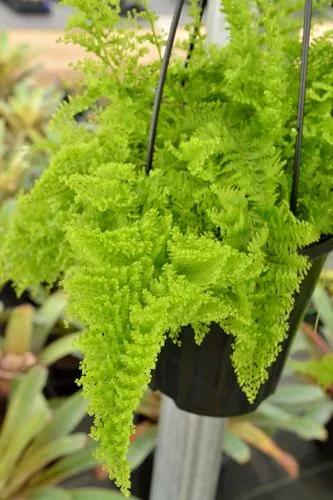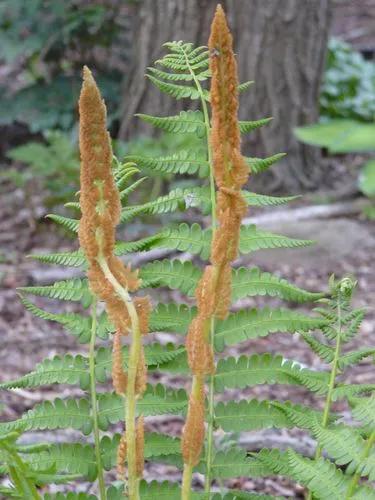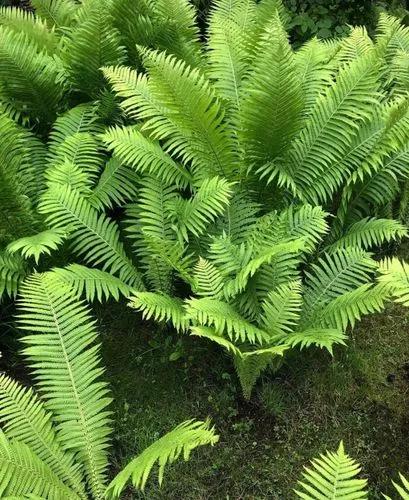Psilotum nudum, known as the whisk fern, is a fernlike plant. Like the other species in the order Psilotales, it lacks roots. It is found in tropical Africa, Central America, tropical and subtropical North America, South America, tropical Asia, Australia, Hawaii, southern Japan, Lord Howe Island, New Zealand.
Whisk Fern Care
Psilotum Nudum (l.) P. Beauv.



How to Care for the Plant

Water

Requires consistently moist soil; do not let dry out between waterings.

Pruning

As a rule, ferns don't really need pruning. Ferns in nature are generally self-cleaning and will release old fronds as they die. In the garden, occasional removal of dead fronds will improve the appearance of the plant, but it is strictly cosmetic.

Fertilizer

Fertilize monthly year-round with a half-strength liquid fertilizer. It's best to only repot when your plant is root-bound, and preferably in the spring. Repot in a rich, high quality soil, such as a potting soil amended with 25% compost.

Sunlight

Ferns require indirect sunlight.

Soil

Ferns prefer potting soil with good drainage and high organic content. A potting mix should have peat moss or sphagnum for moisture retention, sand or gravel for drainage, and sterilized bagged garden loam or potting soil.

Temperature

On the coldest end of the scale, hardy ferns can survive temperatures down to minus 50 degrees Fahrenheit.

Container

Use plastic pots, which don't dry out as quickly as clay pots. The latter are not recommended for many ferns indoors, unless you use the pot in pot method as described above. A clay pot surrounded by moss then the ceramic or plastic pot on the outside is probably ideal.

Additional

Enzootic hematuria, the most common form of bracken fern poisoning, primarily affects cattle and less frequently affects sheep. It is characterized by intermittent hematuria and anemia. Poisoning most often occurs during late summer when other feed is scarce, or when animals are fed hay containing bracken fern.

Popularity

503 people already have this plant 25 people have added this plant to their wishlists
Discover more plants with the list below
Popular articles






